Miniature by Loyset Liedet in Regnault de Montauban, t. II, fol.
Thepoulaineshoe is believed to have Polish origins.
Worn by men and women alike, the shoe ended in a ridiculously long toe.
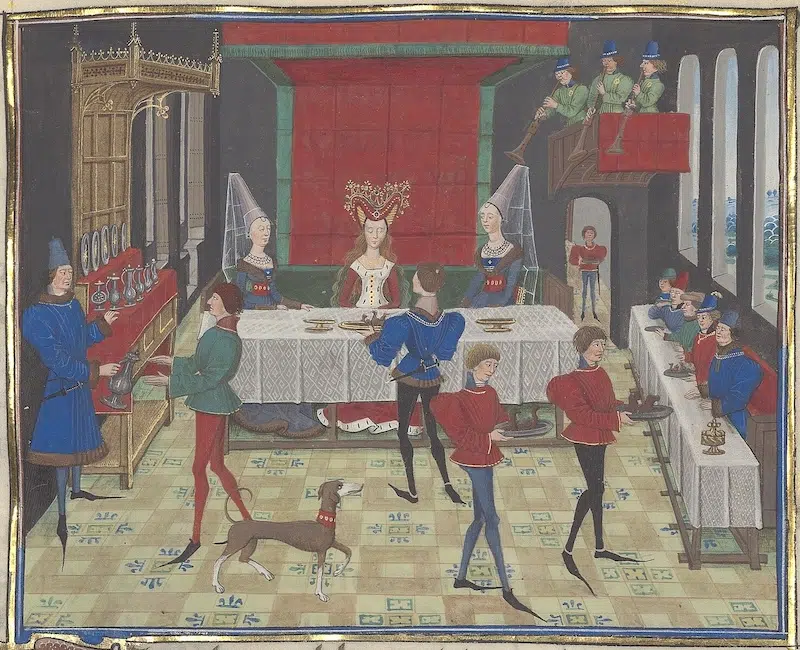
Miniature by Loyset Liédet in Regnault de Montauban, t. II, fol. 148r (Photo: Loyset Liédet viaWikimedia Commons, Public domain)
Menspoulaineswould typically have a longer point than their female counterparts, with some even reaching five inches.
The fact that the trendy shoe made an impact on the Middle Ages cannot be understated.
But these impacts werent necessarily all great.
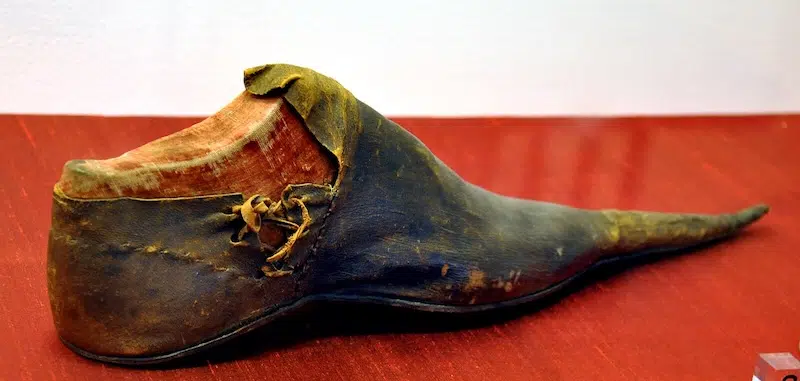
Photo: FA2010 viaWikimedia Commons(Public domain)
A 2021study revealedan increase in foot disorders around the same time that these pointy shoes wereen vogue.
When it comes to Middle Age fashions, beauty really is pain, apparently.
The trendy shoe was also controversial.
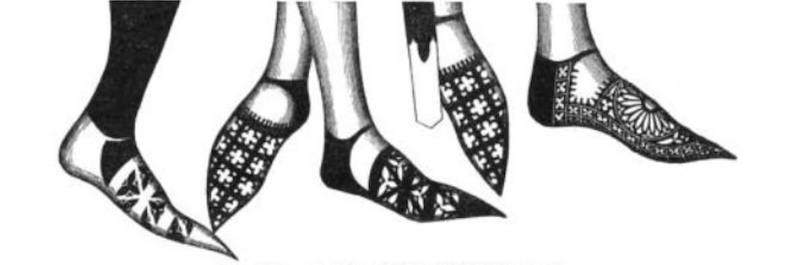
Detail of footwear from wall paintings in Westminster Cathedral, London, England. (Photo: Unknown, book by James Robinson Planché viaWikimedia Commons, Public domain)
Religious leaders and clergy railed against thepoulaine, calling it lascivious and the cause of disasters like plague.
Pope Urban V even banned the pointed shoe in 1362, but the proclamation fell on deaf ears.
It would seem that pointy shoes and religion did not mix well in the Middle Ages.
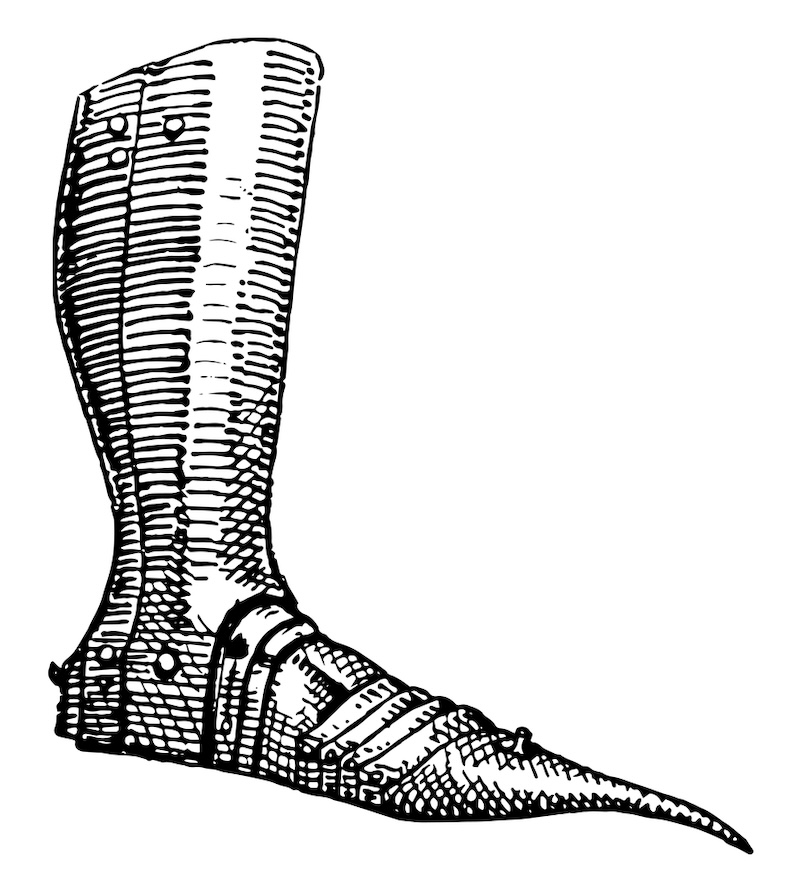
Photo: MorphArt Creations/Depositphotos
Sumptuary laws, which regulated the toe length of thepoulaineto distinguish between nobility and commoners.
Detail of footwear from wall paintings in Westminster Cathedral, London, England.
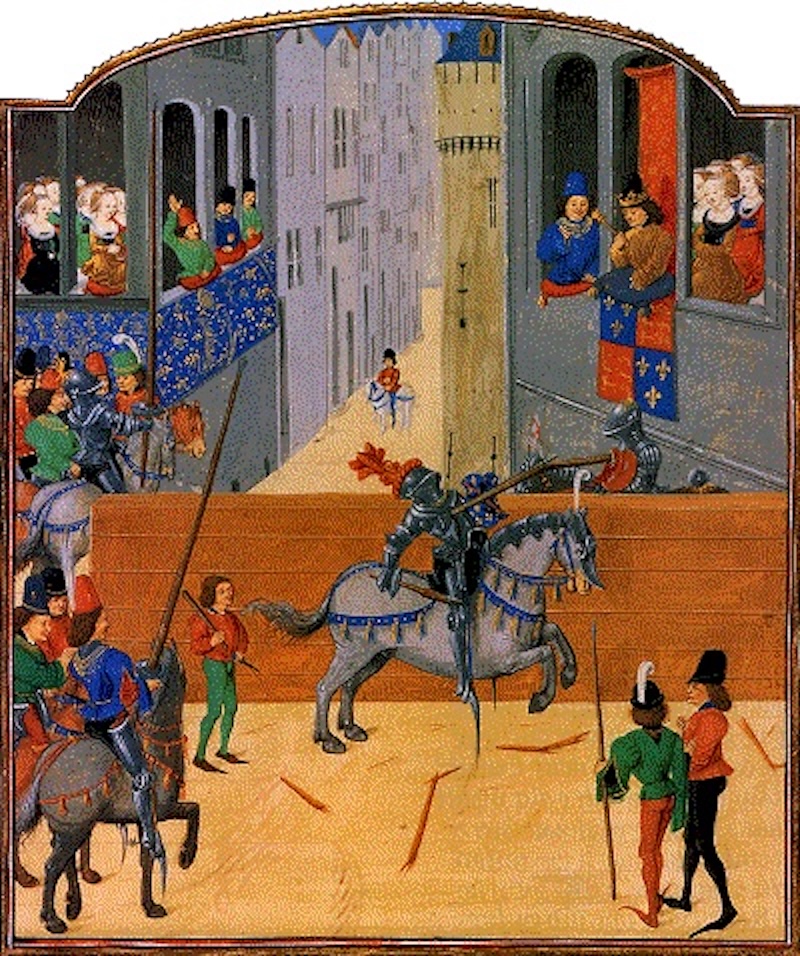
Photo: Master of Margaret of York viaWikimedia Commons(Public domain)